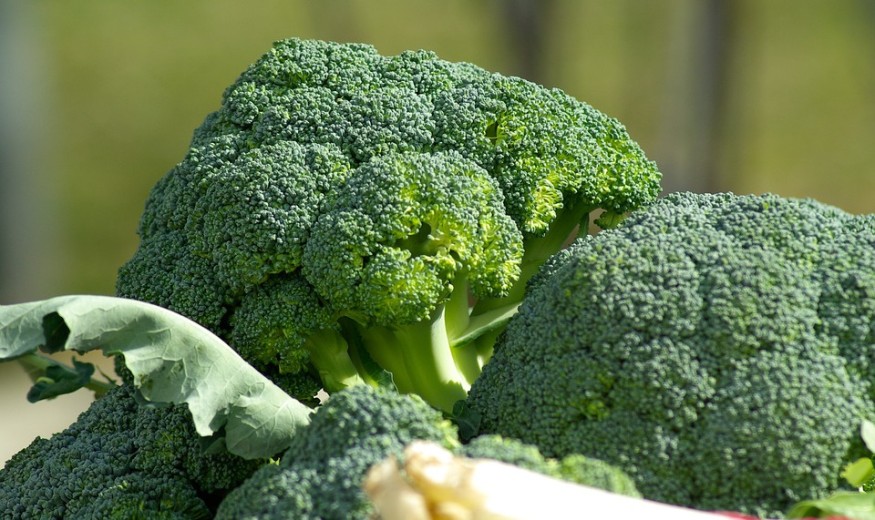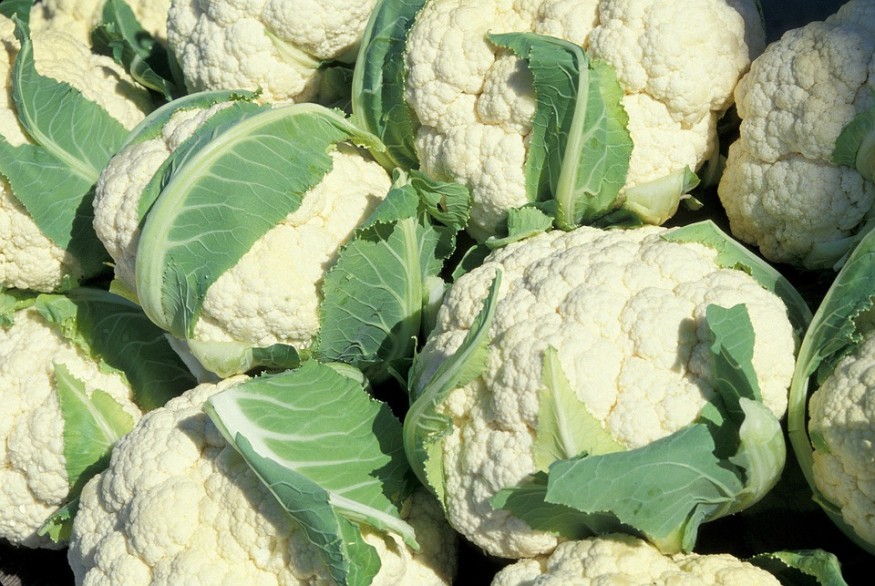
Broccoli, cauliflower, kale, Brussel sprouts-- they are practically all the same. Besides being healthy vegetables that most people include in their healthy diet, cruciferous vegetables are one of the most delicious vegetables in the vegetable chart.
What are cruciferous vegetables?
Cruciferous vegetables are one of the various types of vegetables. This includes brussels sprouts, cauliflower, cabbage, broccoli, kale, bok choy, collards, watercress, radishes, and arugula. The term "cruciferous" comes from a classification of the mustard family. The word "Cruciferae" is a Latin word for "cross-bearing," Which is called because they have four petals across the vegetable.
Although these vegetables differ in form, shape, size, and color, they all have the same nutritional benefits. Cruciferous vegetables are very rich in vitamins and minerals, including vitamin K and folate. These vegetables are also known to fight off cancer.
Cruciferous vegetables that come in a darker color are known to possess vitamins C and A. Moreover, other nutrients found in these vegetables are plant-based compounds such as phytonutrients and fiber. It is also low in calories, and it is the best food to eat even when you eat it in small servings. These vegetables will leave you full and satisfied in no time.

Types of Cruciferous Vegetables
There are different types of cruciferous vegetables. Here are just some of the few that you are quite familiar with:
Cauliflower
This is the most versatile type of cruciferous vegetable there is in the chart. You can cook cauliflowers in almost all ways you can. The best way to cook this vegetable is to roast it together with your favorite steaks. You can also make a puree out of it, and it makes the best alternative for a cream sauce. You can also use this as a topping for your pizza, substitute it for rice, or eat it as a snack.
Kale
This cruciferous vegetable is the holy grail of salads. Easily remove its tough stem and then slice them thinly into small ribbons. Put it in a bowl, add your other vegetables, some olive oil or salad dressing, and you're good to go! This green vegetable also takes long to wilt, so it is perfect for storing and packing ahead of time. You can also make kale smoothies with it, and it 100% healthy!
Brussel Sprouts
If you are planning on roasting a chicken or turkey in the oven, it might pop in some Brussel sprouts because it is best cooked when roasted! If you want to melt the Brussel sprouts in your mouth, you can add a little bit of maple syrup to it or pieces of dried fruit. Brussel sprouts can be eaten in almost any way as well. If you love cheese, you can top it off with Parmesan cheese and cook it in your favorite cream sauce.
Arugula
If you plan to plant cruciferous vegetables in your backyard, the easiest one to start with is arugula. You can easily plant this vegetable in pots or a vacant row in your yard. Fresh arugula will suit well in pizza or tossed in salads. It is also best paired with balsamic dressing or feta cheese.
ALSO READ : Health Benefits of Whole Grain
© copyright 2024 Food World News, a property of HNGN Inc. All rights reserved. Use of this website constitutes acceptance of our terms and conditions of use and privacy policy.









